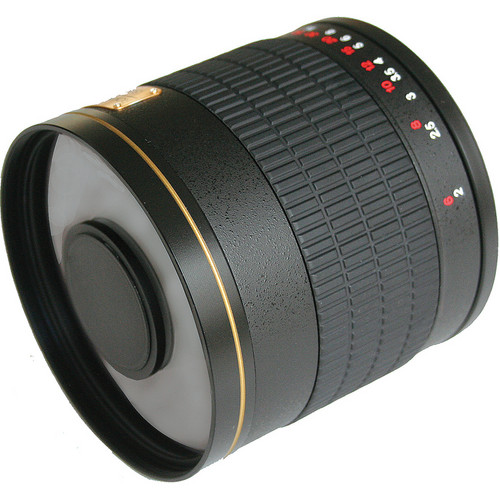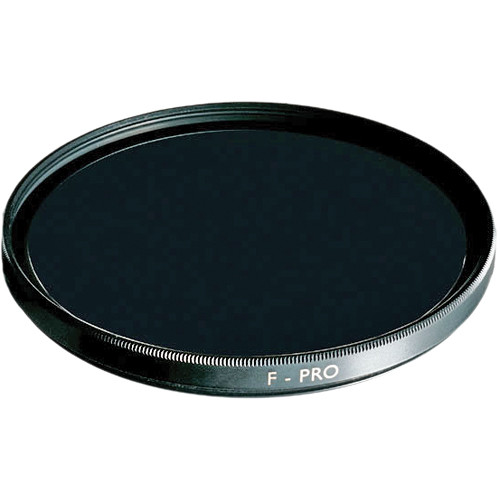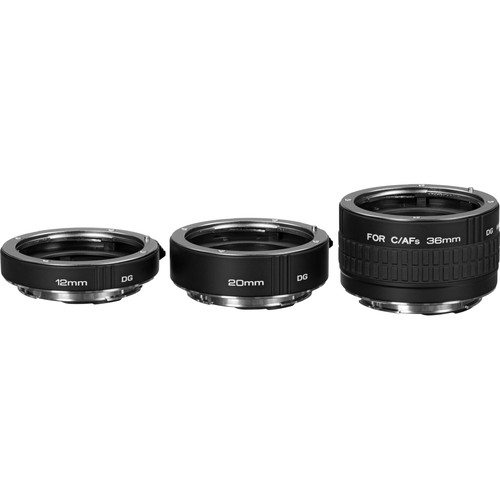20mm Fishing
As I've stated above, I did some cheating here (always in fact) when I did take the 20mm lens and camera with me to work. This cheat was to include, in the pack, some filters and the intervalometer. The filters were: Big stopper (10 stops) and a polarizer. Testing my eyes with this combination of camera and lens didn't happen in a single day in fact. I did take it with me wherever I went for 3 days. I couldn't touch the camera at work in the first day (got busy out of nowhere!), while in the second day, I was actually in a friend's workplace. Initially, I've wanted to shoot something but no one was there and I got bored alone and felt so tired so I needed that nap, until one friend came in and decided then to try something with him, as he was enjoying his breakfast on the desk!
 |
| An Taibhse Ag Obair (the ghost at work) Voigtländer 20mm, f/9, 10m, ISO100. |
Despite the dim light inside the office, yet the exposure time was not slow enough. Of course, if my desire was to show a motion blur in a suitable manner, I would have used that slow shutter speed and would have asked my friend to do some specific motion. However, this was not my aim. My aim was a complete abstract with a stable background (and for a bonus, a stable object as it appeared with the bowl of cereals!). To help lengthen the exposure time further, I've used (of course) my big stopper which ads 10 stops to the exposure time (and of course each stop is a double), so the total time happened to be 10 minutes. He was shocked at first, thinking how come he would remain stable on the chair for 10 minutes! Anyway, I've explained the idea for him and told him just to stay in the chair but he can move freely as he likes within the chair. I've placed the camera on a small tripod which I got years back (even before my travel to Ireland in 2010; I know because I used it there!) which was sturdy enough to carry the weight of the camera and lens, plus the lengthy intervalometer. It was cumbersome to straighten the image in-camera though, but it was good to some degree, yet I had to depend on the vertical line formed by the board on the wall (its edge) to straighten the image. The bulk of the work on the image was focused on turning the image into a dramatic and yet smooth black and white image; A combination of sharpening and smoothing the noise will always be the nightmare to achieve.
 |
| It's Changing Voigtländer 20mm, f/13, 30s, ISO100. |
 |
| The Two Voigtländer 20mm, f/16, 1/3s, ISO100. |
The Banana Affair
The bulk of the previous two weeks, on the other hand, was focused on another experiment done at home, and not a mere challenge with a single lens and camera combination for one day. This, in fact, is a process that took me 10 days to finish! Well, with professionals I'm sure a period of 10 days of shooting is nothing really. The experiment? Rotting bananas. And just for fun, I've called the whole thing "Operation Banana."
Footage from the 2nd day.
So, before delving into the details, I just want to talk here a bit about the idea, which was simply to document the process of rotting for bananas, and since I didn't know what the exact outcome would be, I've decided to place a peeled one and unpeeled one, side by side. To get some good contrast with the white banana body, I've placed the set on a black paper (then acrylic board). The shooting took place under black lights (UV lights that is) and, of course, used my UV-pass filter (B+W 403) and DR-665 hot mirror to block any infrared, and after fixing the white balance, the result was a monochromatic image.
In the beginning, as you might have heard in the video if you watched it already, I've set the timer to take a picture every 2 minutes, but then I realized this was a bit of an exaggeration to get a smoother transition when frames are merged into a video. Thus, by the 5th day, I've changed the interval of shooting to every 5 minutes instead. There was some degree of disappointment though, mainly because I didn't realize some biological (botanical) facts, such as that bananas do not turn brown because of some bacteria of fungi, but it turns brown or black in time because of some enzyme. Also, after the 5th day, I've decided to warm the set up during the shoot, so I placed a hair dryer not far from the set (which actually made the whole room warm and cozy in one or two hours!). Finally, the end result was actually a shrinkage in size for the peeled banana while the unpeeled turned into a "fluid" form, but I didn't dare open it! They were 10 days full of running around checking batteries and memory cards (used 2 memory cards in the process, exchanging one when it's almost full with the other one), and the total shots taken here were more than 4000 shots (yes, four thousands).
The Banana Affair
The hurdles were not limited to the physical realm with the set, but also in the digital realm with the preparing of the photos. Shots were all done in RAW. You might see the video here is a bit shaky and cumbersome with some movement? Well, blame my clumsy movement which caused me to shake the tripod in the process many times. Anyway, the video above is the total one and it was adjusted later on. Originally, the video was 2m14s long but I've shortened that later on by increasing the fps (frame per second) rate.
To do such a massive and huge edit on these files (done in patches each time I would have to change the memory card) I had to dig out the old Digital Photo Professional (DPP), or namely the Canon's software which is installed along with the drivers long ago but I seldom use, if ever. Despite its controls, I managed to achieve the look on one image and generalize the "recipe" (i.e. the parameters of editing) on the whole set of images and then save all those edited as JPEGs with resize and changing the name of each file in sequential manner. All this process was to be so hard to be done in Photoshop - Maybe someone might say Adobe Bridge is the tool for this task? Not sure it would do so, besides, the controls and menus are some what complicated for me to dig out. DPP was much easier to work with and simple (and its simplicity sometimes is what makes not edit in it as well). Oh, and I could even change the color space to Adobe 1998 space along with the conversion to JPEG.
This was the story of the Banana Affair, and guess what? It is now uploaded to the stocks and accepted exclusively on Dreamstime! It was hard at first because I don't know many aspects about uploading videos or footage to the stocks and they have special requirements, but I've done it after all with some trials, and now I'm up to do one more if I can! Let's see if it ends up well.
Finale
Well, as you can see I'm trying to keep myself busy with the camera as much as possible, but on the other hand I do have my moments of inspiration which I translate into some quote writing of some sort. I didn't write or think of words to pin a poem for some time now (since December if I recall) so probably my plan for the next coming weeks is to focus on this more, but more importantly, to focus on my feelings.
Many things are troubling my mind; Life, work, future, as well as death in fact. I'm trying my best to stop my mind from triggering panic attacks and anxiety, and to keep thinking that it is all in the hands of God. This alone, is really leaving me tired to the extent of not taking care of what I'm supposed to take care of, or even indulge myself in. I think this exhaustion is even placing some love inside of me to hatred, to some aspects or some... people.
Some people do think that I do believe in horoscopes and the stars, but I'm really reading and checking those to ease things on myself and to feel the pat on my shoulder, not because I do believe in them (even though they are an interesting thing to study somehow because of my interests in occult in general). These things promise a happy and a promising new year; I'd like to keep that thought but I'm sure that the reality has another venture for me. Probably I'm due to a short vacation, not to travel, but just to stay home and sleep or do things and work with my camera without trying to manage the damn bedtime and the sleeping pattern…



























